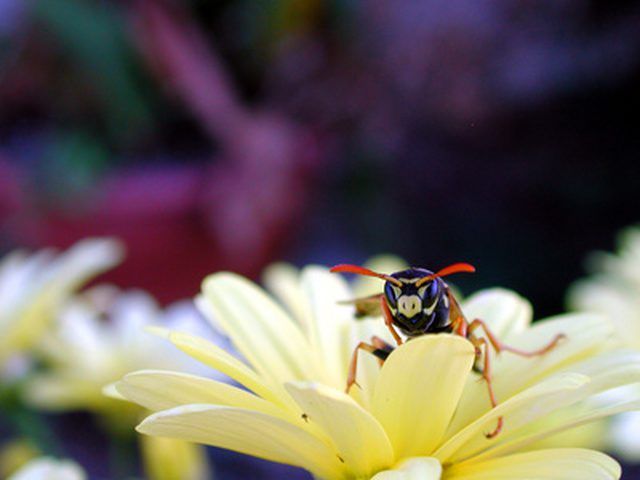Bulbs
Flower Basics
Flower Beds & Specialty Gardens
Flower Garden
Garden Furniture
Garden Gnomes
Garden Seeds
Garden Sheds
Garden Statues
Garden Tools & Supplies
Gardening Basics
Green & Organic
Groundcovers & Vines
Growing Annuals
Growing Basil
Growing Beans
Growing Berries
Growing Blueberries
Growing Cactus
Growing Corn
Growing Cotton
Growing Edibles
Growing Flowers
Growing Garlic
Growing Grapes
Growing Grass
Growing Herbs
Growing Jasmine
Growing Mint
Growing Mushrooms
Orchids
Growing Peanuts
Growing Perennials
Growing Plants
Growing Rosemary
Growing Roses
Growing Strawberries
Growing Sunflowers
Growing Thyme
Growing Tomatoes
Growing Tulips
Growing Vegetables
Herb Basics
Herb Garden
Indoor Growing
Landscaping Basics
Landscaping Patios
Landscaping Plants
Landscaping Shrubs
Landscaping Trees
Landscaping Walks & Pathways
Lawn Basics
Lawn Maintenance
Lawn Mowers
Lawn Ornaments
Lawn Planting
Lawn Tools
Outdoor Growing
Overall Landscape Planning
Pests, Weeds & Problems
Plant Basics
Rock Garden
Rose Garden
Shrubs
Soil
Specialty Gardens
Trees
Vegetable Garden
Yard Maintenance
How to Get Rid of Wasps With Homemade Items
How to Get Rid of Wasps With Homemade Items. Wasps are an unwelcome garden pest for many Americans. The majority of wasp stings are from yellow jacket wasps. They tend to nest in sheltered, dry locations. Areas such as attic nooks, garden trees, or the space under wooden patio decks make ideal homes for wasps--which is why they're often found in...

Wasps are an unwelcome garden pest for many Americans. The majority of wasp stings are from yellow jacket wasps. They tend to nest in sheltered, dry locations. Areas such as attic nooks, garden trees, or the space under wooden patio decks make ideal homes for wasps--which is why they're often found in the garden. The presence of nests makes wasps more aggressive and the chances of being stung greater. One way to combat wasps in the garden is to build simple homemade traps using a plastic bottle or a milk jug.
Things You'll Need
2-liter plastic bottle
Adhesive tape
Fishing line
Soda pop
Sharp knife
Milk jug
Using a Plastic Bottle
Find an empty 2-liter plastic bottle. Cut the bottle top off about a half inch below the point where the body becomes straight. Make the cut line as even as possible. This should create a funnel shape.
Put a couple of rocks in the large section of the bottle. This is to help make sure the bottle doesn't blow over.
Insert the funnel top-first into the larger bottle section. Fix the funnel firmly in place using adhesive or duct tape. If you want to hang the trap from a tree branch, punch two holes in the bottle close to the top, and run some fishing line through the holes.
Pour in a little soda or sugary drink. Make sure it doesn't touch the rim or the sides of the funnel. Drop in a few small pieces of apple or melon rind. Ideal trap placement is close to a nest. Place the trap away from areas frequented by people. The wasps will be attracted to the sugary bait, but when they enter via the funnel, they will get stuck in the trap.
Using a Milk Jug
Find an empty quarter-gallon plastic milk jug or orange juice bottle.
Pierce the bottle on each side using a sharp knife or metal punch.
Run a length of fishing line through the bottle via the two punched holes. Knot the line securely so the bottle can hang from a branch.
Pour some orange juice, soda, or sugar water into the bottle and suspend it from a tree branch. Wasps should fall in and be unable to escape.
Tips & Warnings
Be careful when checking the traps. Wasps may be near the traps, or may still be alive when you try to remove them.